The heart of modern electrical systems, power electronics is responsible for converting and controlling electrical energy with respect to efficiency. With ever-greater demand for compactness, efficiency, and high performance in power systems, High-Frequency Power Electronics have emerged as an important area of innovation. Working at switching frequencies offers many advantages but also imposes major problems for engineers. In this blog, we'll discuss the latest advances in high-frequency electronics and the main challenges faced by development of power conversion.
🔍 What is High-Frequency Power Electronics?
High-frequency power electronics are more relevant to a switching frequency exceeding the ordinary converter's 20–50 kHz range. Such switching frequencies achieve: Smaller dimensions of magnetic applications (inductor, transformer) for faster transition changes with good energy density and light and compacter structures. Therefore, they could be the most suitable designs for applications including electric vehicles, aerospace systems, renewable energies, wireless charging, and data centers, among others.
Recent Innovations
1. Wide Bandgap Semiconductors (SiC & GaN)
Silicon is no longer the king in the world of devices. SiC and GaN semiconductors have been developed taking the place of silicon.
• Higher breakdown voltages
• Faster switching speeds
• Reduced switching losses
• Increased thermal conductivity
GaN dominates the low- to medium-power segment, such as the fast charger and laptop adapter, while SiC serves mainly high-voltage applications, including electric vehicles and industrial motor drives.
2. Resonant and Soft-Switching Techniques
The engineers are now using the resonant topologies such as LLC and series resonant converters to cope with switching losses arising at high frequencies. These improve-
• Minimizing turn-on and turn-off losses
• Reducing electromagnetic interference (EMI)
• Enhancing overall efficiencies
3. Integrated Magnetics
With an increasing operating frequency, the size of the magnetics (transformers, inductors) shrinks, and research is in progress on integrated magnetic components combining multiple magnetic functions into the same structure to save space and increase efficiency.
4. Advanced Control and Digital Techniques
Digital regulators and real-time DSPs (Digital Signal Processors) provide the following functions:
• Very accurate switching control
• Adaptive management of dead time
• Fault detection and protection
• Power optimization with AI/MLs
⚠️ Challenges in High-Frequency Design
High-frequency operation does offer substantial potential; however, it has some technical difficulties as well, including:
1. Thermal Management
Faster switching means higher power density; therefore, efficient cooling is essential. Bad thermal design can affect performance and shorten component life.
2. Electromagnetic interference (EMI)
Higher frequencies elevate EMI radiation levels, disrupt nearby systems, and violate specified standards. Filtering and shielding thus become necessary.
3. Parasitic and Layout
Very successfully Criticality PCB layout becomes parasitic inductance and capacitance may result in ringing, overshoot, and EMI. Trace routing, grounding, and component placement should be rigorously done by designers. Expand your layout and parasitic.
LIMITING FACTORS
WBG devices might be very powerful, yet they will require new packaging techniques, gate drivers, as well as new test methods, all of which can increase the price of the device.
🌐 Future Outlook
High Frequency Power Electronics are here to stay, and the trends with heavy electric mobility, high-speed data processing, and renewables are irreversible. The latest improvements in the thermal management, control systems, and integration, and maturity of SiC and GaN technologies will certainly bring:
• Power converter devices further miniaturized and deflated
• New topologies for ultrahigh frequency switching
• Smarter, AI-based power systems
🔚 Conclusion
High-frequency power electronics are changing the ways power systems are designed and deployed. While the benefits in sizes, efficiency, and performance are obvious, the challenges posed are equally formidable. Engineers must negotiate skill-fully the thermal, EMI, and design hurdles if this potential is to be fully realized. Follow this space as she keeps evolving, but thus, powering the future, one high-frequency switch at a time.
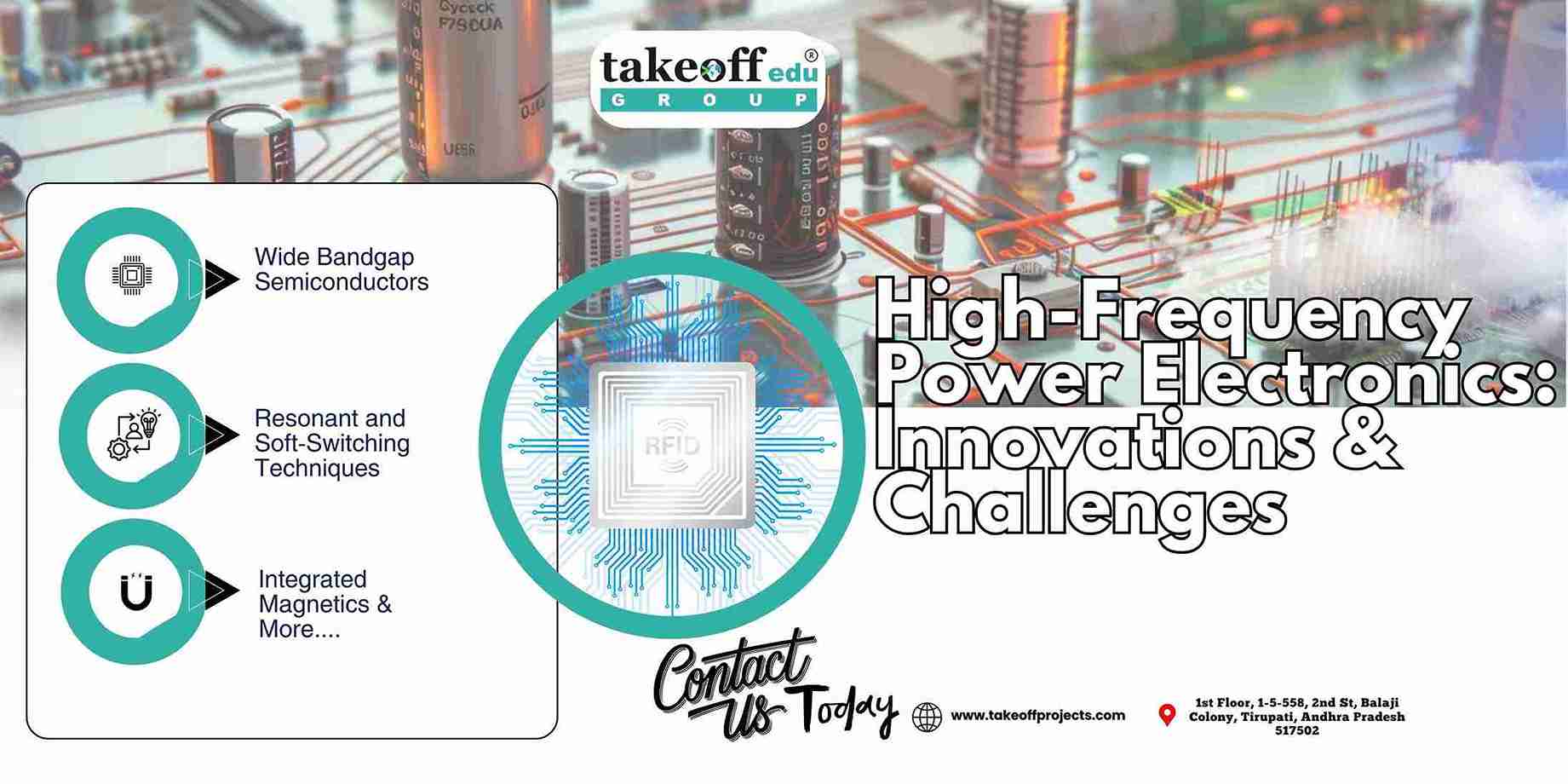
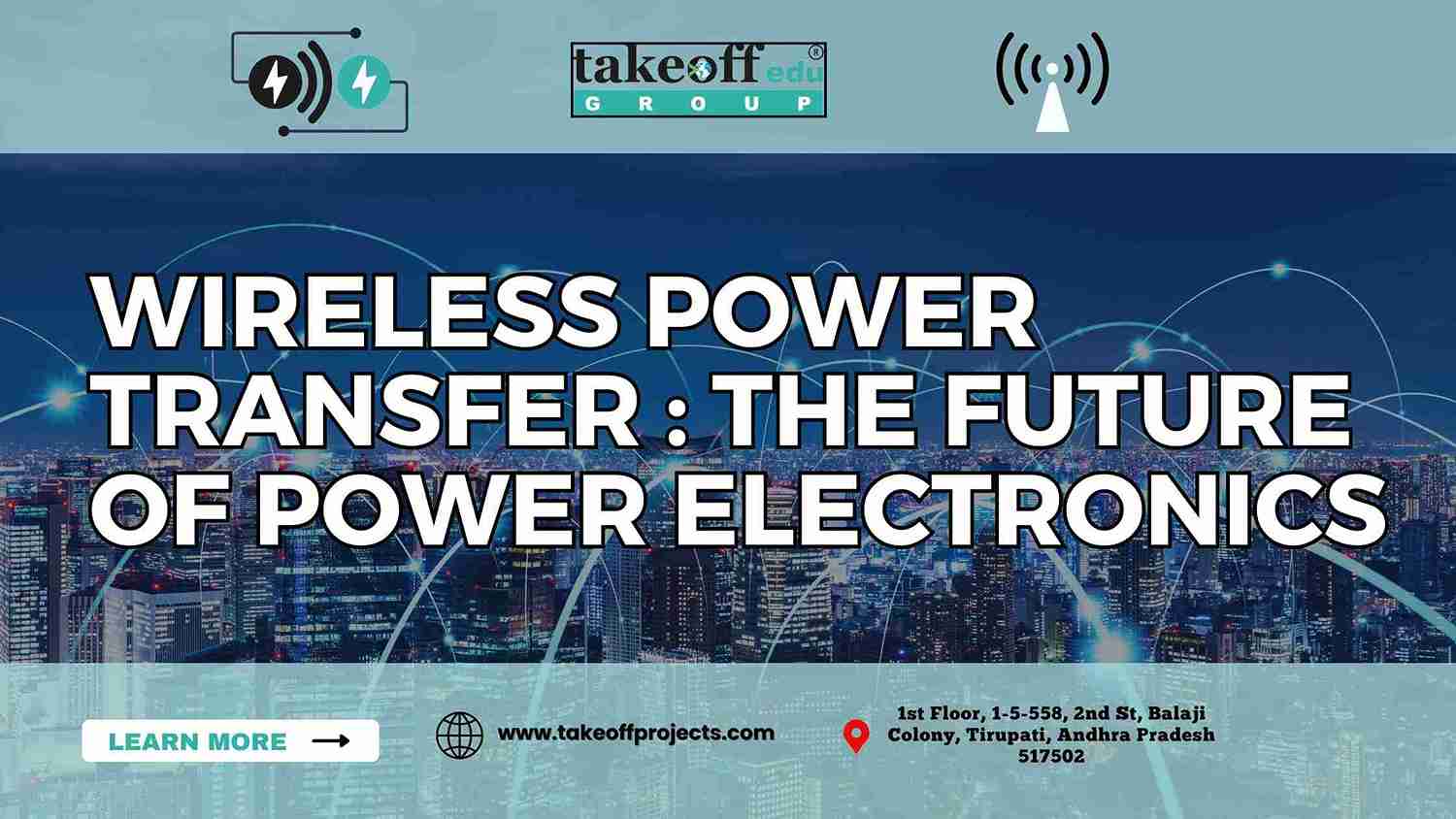 Wireless Power Transfer: The Future of Power Electronics
Wireless Power Transfer: The Future of Power Electronics 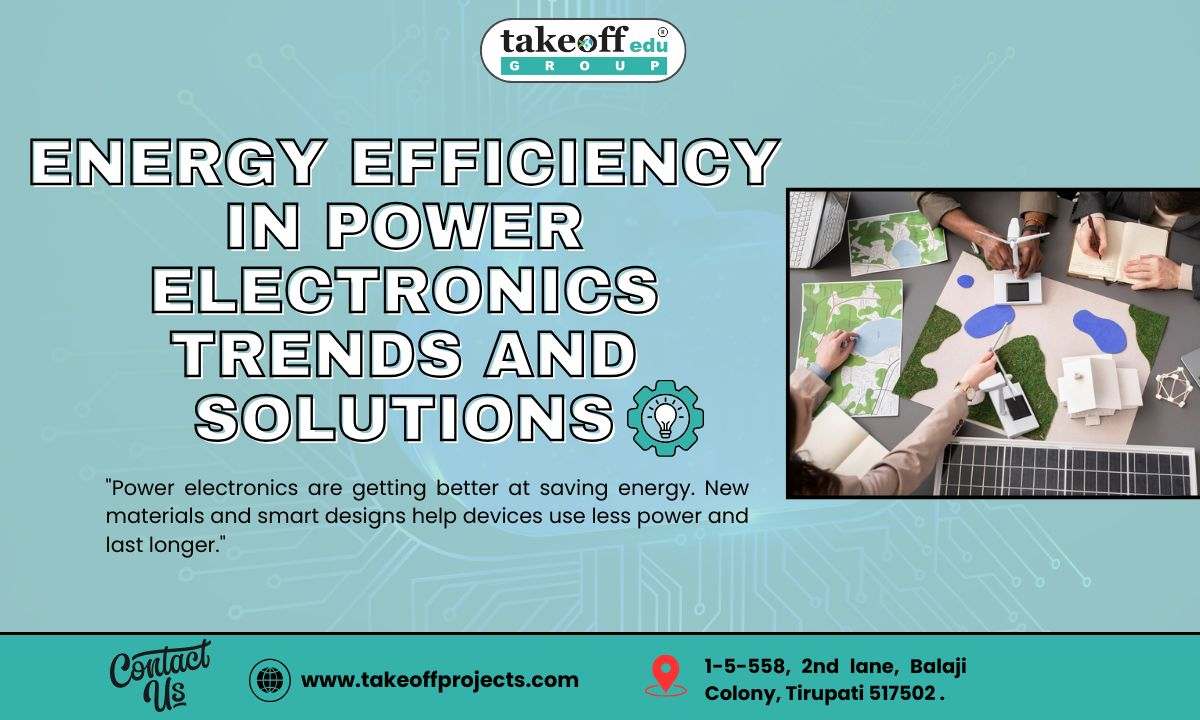 Energy Efficiency in Power Electronics: Trends and Solutions
Energy Efficiency in Power Electronics: Trends and Solutions  Thermal Management in Power Electronics: Best Practices
Thermal Management in Power Electronics: Best Practices 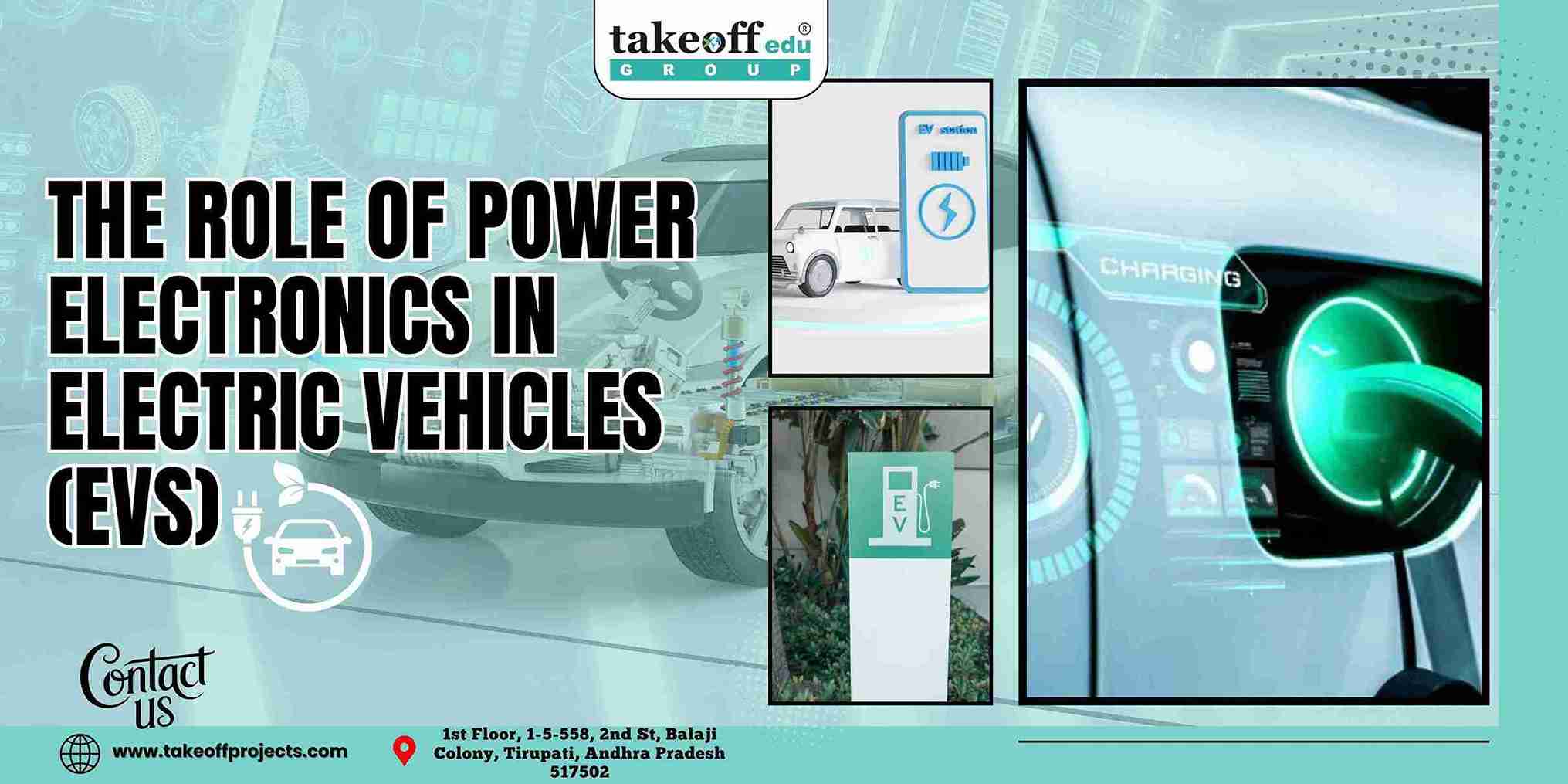 The Role of Power Electronics in Electric Vehicles (EVs)
The Role of Power Electronics in Electric Vehicles (EVs) 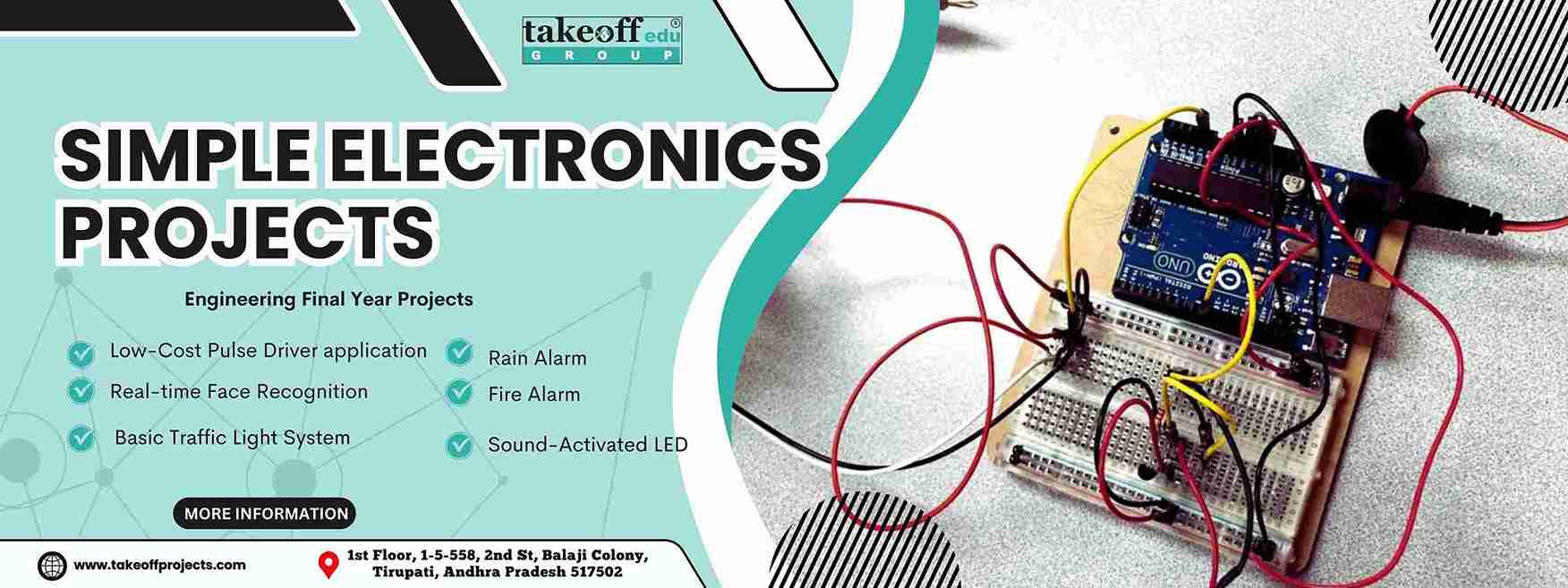 Simple Electronics Projects
Simple Electronics Projects 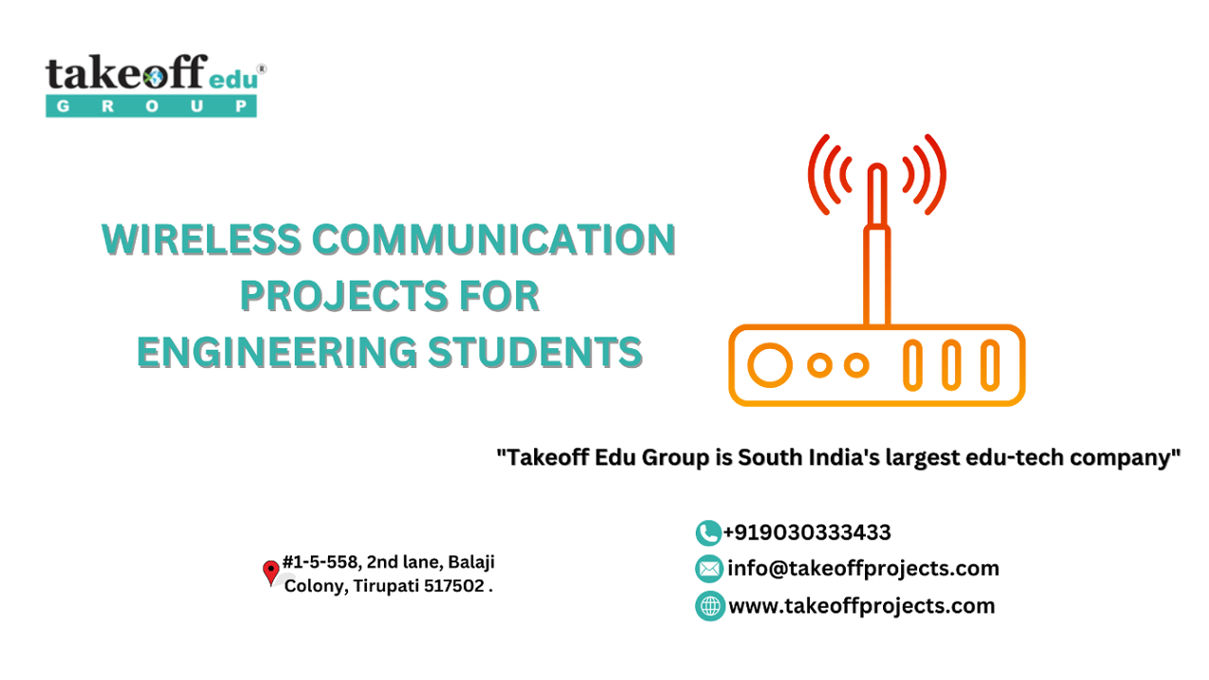 Wireless Communication Projects for Engineering Students
Wireless Communication Projects for Engineering Students  Electronics Projects for Engineering Students
Electronics Projects for Engineering Students  M.Tech Electronics Projects
M.Tech Electronics Projects 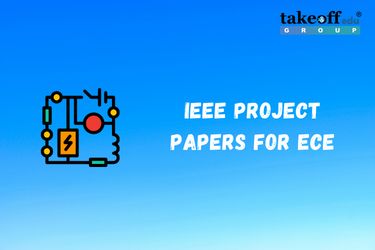 IEEE Project Papers for ECE
IEEE Project Papers for ECE 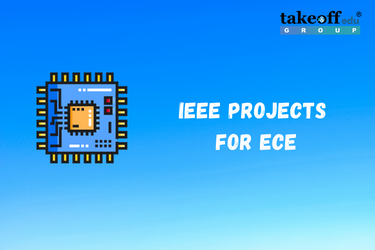 IEEE Projects for ECE
IEEE Projects for ECE 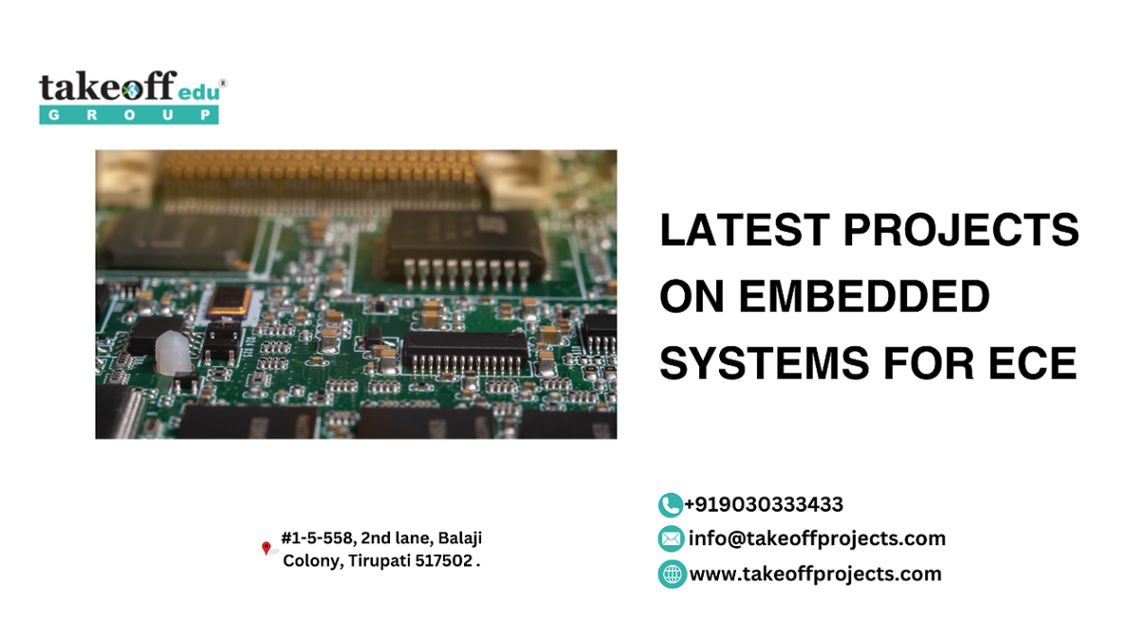 Latest Projects on Embedded Systems for ECE
Latest Projects on Embedded Systems for ECE 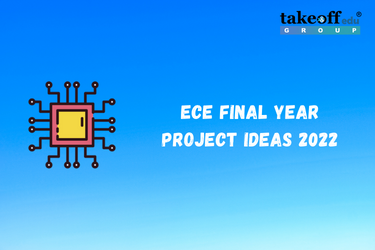 ECE Final Year Project Ideas 2022
ECE Final Year Project Ideas 2022  Latest Mini Projects for ECE
Latest Mini Projects for ECE 
 Paper Publishing
Paper Publishing


